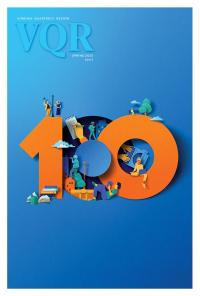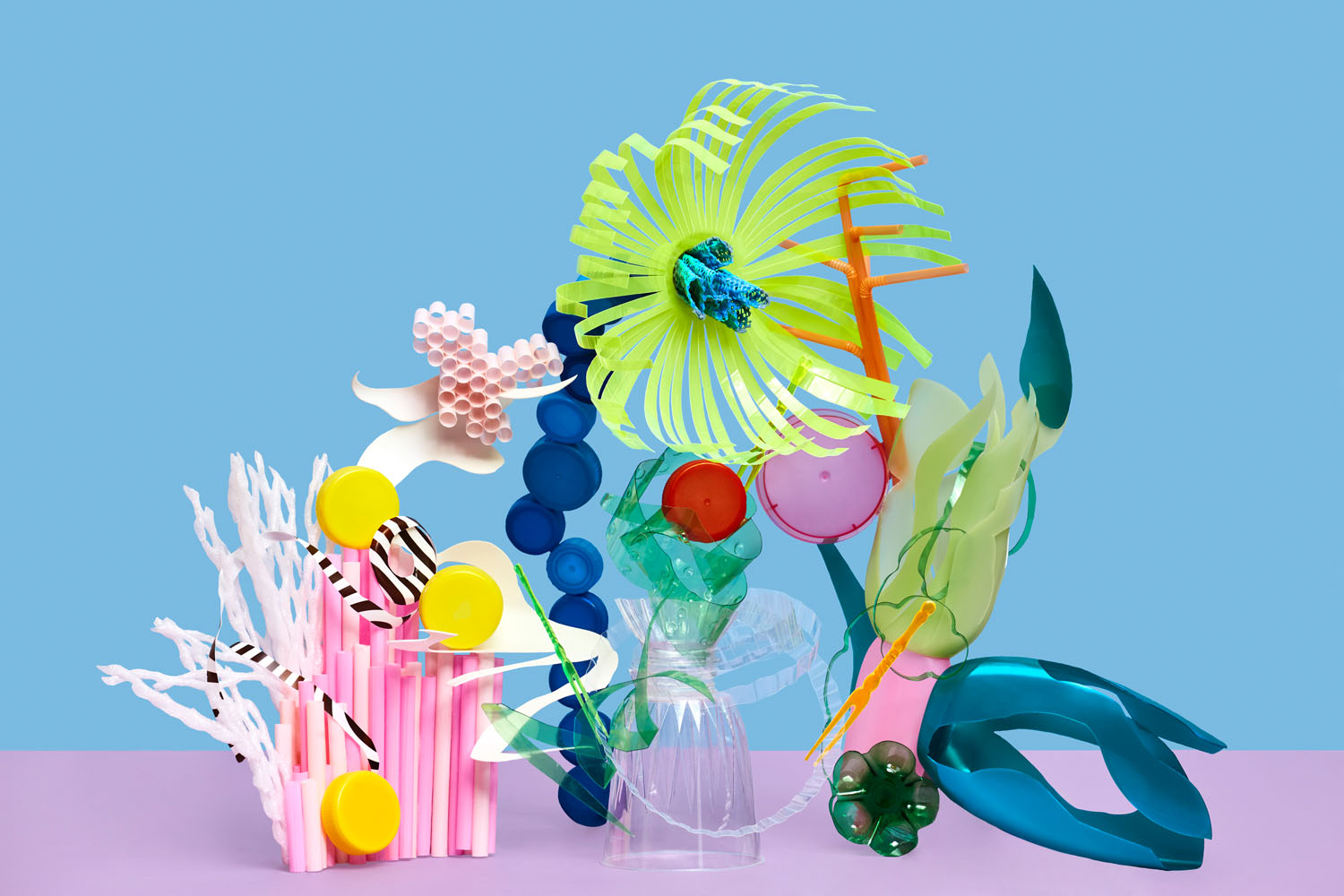Image


You should really subscribe now!
Or login if you already have a subscription.
Alicja Wróblewska is a visual artist and photographer. The focus of her work is anthropopressure, human impact on the environment and climate change, and the extinction of ecosystems. Her work has been exhibited internationally and has been featured in publications such as the British Journal of Photography, along with being...